FINDING A WAY TO FLY
April 19, 2021
BECOMING A PILOT IN THE RESERVES
Have you always dreamed of flying? Have you dismissed the idea, thinking it’s too late? Fortunately for you, I have four different perspectives to share on how to become a Reserve Component pilot.
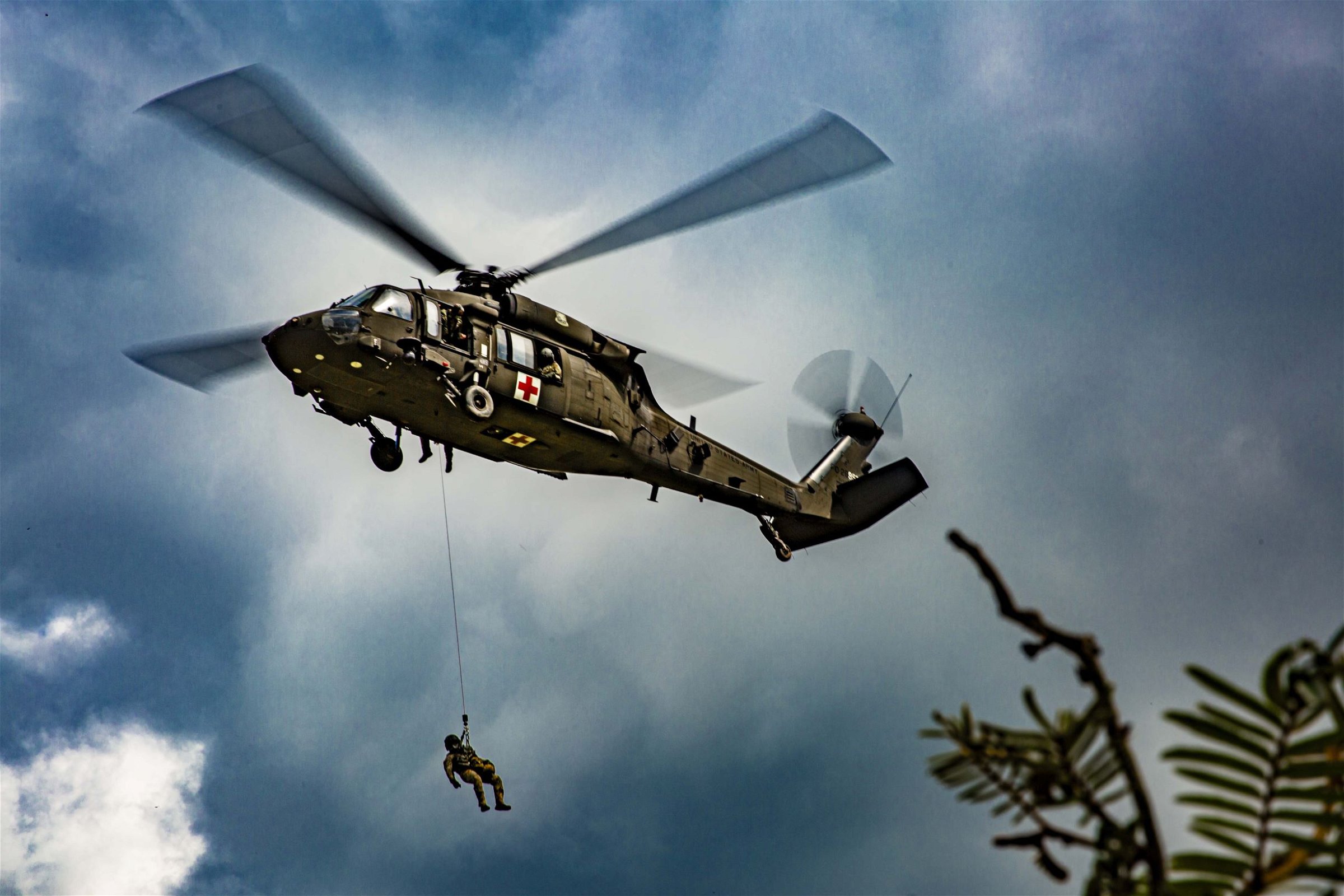
After doing some interviews for an unrelated article, one of my sources suggested I speak with a friend of his. This friend had apparently taken an interesting path: He left the active duty Army as an engineer officer and commissioned in the Air Force (specifically the Air National Guard) and was in the process of becoming a pilot. The most similar scenario I had to compare to this were my active duty friends who had resigned their commissions to become warrant officers and branch transfer to aviation. But moving to a completely different service branch altogether? This…I hadn’t heard of. And based on the sizeable interest in aviation opportunities that I had personally observed, I knew more people would be intrigued.
I also had the opportunity to speak with three other pilots who had also all previously been on active duty in the Army. One is an Army National Guard pilot, one is an Army Reserve Pilot, and one is an Air Force Reserve pilot. One resigned his commission and the other three kept their rank. One had previously been an aviator and the other three hadn’t. So there are a multitude of options, and I’m here to provide you with some general information and considerations if this is something that you’ve wondered about! I don’t know anything about the Navy and I didn’t speak with any Navy pilots, but this is some incredibly useful information regardless. The four pilots I interviewed graciously gave me a significant amount of their time to explain their experiences so I that I could try to consolidate that information for you. I sincerely hope that you find this useful and are able to apply some of this in your own career path!
If it’s been your life-long dream to become a pilot, do not give up! It is absolutely within the realm of possibility.

So you’re saying there’s a chance?
YES!!! Whether class rank, vision, or competing branch interests prevented you from branching Aviation, it is not too late! This piece is not a comprehensive guide on how to become a pilot–it’s more so an outline of the major hurdles and topics that people tend to be interested in. This will simply help you decide whether or not you should research and pursue this further. This is a lengthy piece because there is a lot of information to cover. I’m not a pilot and I’m not an expert on this, but I’m going to do my best to consolidate all four officers’ experiences and organize them in a way that makes sense. Below, I’ll go through each of the frequently asked questions and provide the answers received from the pilots. Let’s get to it!
HOW DID YOU INITIATE THE PROCESS TO BECOME A PILOT?
Speaking with four different officers, I was able to gather four different perspectives on how this works. There are a few different things you can be working on simultaneously to eliminate inefficiencies in your transition.
First, for both the Army and Air Force pilots–there are some key considerations you can start thinking about now: Air frame and unit location. These are both very much interdependent and related. Every unit is assigned specific air frames. So if you don’t really care and you just want to fly, this doesn’t matter so much. But if you’re looking to be assigned to a particular geographic location or are interested in a specific air frame, this reduces your options. All four officers I spoke with had an idea of where they’d be relocating after leaving active duty. Because of this, they were able to determine which units were closest to their relocation area and were able to get some clarity and narrow their search.
The way it works with the reserve component may seem a bit backwards from active duty: You identify your unit and air frame first, then you go to flight school/pilot training. If geographic location is a priority and the air frame isn’t as important to you, find units that are located in your preferred area. If you are flexible and willing to move, you can prioritize finding a unit with job vacancies for your preferred air frame. All of these officers initiated contact with units and scheduled a time to speak with the commanding officer to explain their situation, desire to join this unit, and find out if the unit was “hiring.” For one officer who was already a branch-qualified rotary-wing pilot, this was quite simple. For another, who was an active duty signal officer, this meant he still needed to apply, get accepted by the board, and go to flight school. Additionally, the battalion commander informed this officer that because there was a surplus of officers in the unit, he’d likely need to resign his commission and become a warrant officer.
To physically determine what units and vacancies exist, you can take advantage of a few resources. One of the Army pilots had an AGR pilot POC at USARC who assisted him in identifying potential units. Do some Googling and look for POCs on the HRC website. I’d do some legwork for you and drop links, but my CAC has expired! For the Air Force officers, recruiters can provide some assistance by providing you with a master file of all the units that are hiring. For the Air Force reserves, there’s one list. For the Air National Guard, there’s a list for each state. Additionally, there’s a very interesting site called BogiDope that has job vacancies, articles, and useful information related to becoming a pilot. Guard Reserve Jobs also has a job vacancy list you can look through. Lastly, USA Jobs lists pilot vacancies for the Army and Air Force so it’s worth checking it out to make sure you’re not missing an opportunity.
Just to reiterate, these are things you can be doing now. Take the 30 minutes here and hour there to familiarize yourself with all of this, bookmark important sites, vet HRC points of contact so you can filter out the useless people and have a relationship established with an actual helpful POC who is ready to help you when the time comes. DO NOT WAIT. All of these things take time.
Second, you should be researching how to schedule the Army’s Selection Instrument for Flight Training (SIFT) and the Air Force’s Test of Basic Aviation Skills (TBAS) and Air Force Officer Qualification Test (AFOQT). These are a requirement and the specific score requirements can be found on Army and Air Force websites. From what I understand, these were standardized tests with some aviation specific content. They assessed spatial orientation, chart reading, and hand-eye coordination. Both Air Force officers also took private pilot lessons while they began the process.
You can and should be studying and preparing for these exams. There are practice tests, study guides, and handbooks online that can all help you prepare for these tests. A quick Google search will take you to both free and paid resources to increase your chances of doing well on these tests. Again, these are things you can be doing now. Waiting until you are on terminal leave to try to cram networking, research, paperwork, and studying into a couple of months will undoubtedly add stress and likely delay your timeline.
Third, you should be assembling the documents you need for a personal packet that you’ll provide to the units you apply to. Locating and landing one of these jobs is a competitive endeavor. All of these pilots had to do extensive research and work hard to make themselves desirable candidates for these units. The most senior pilot I interviewed suggested that anyone getting ready to start the process should start assembling a digital or hard copy packet with a cover letter, resume, ORB/ERB, last three evaluations, and test scores. You could send this packet to the unit leadership digitally or drop it off in a binder when you pay an in-person visit to the unit.
Finally, you should be looking into how you will complete your flight physical. For the Army, it’s quite straightforward. As long as there’s a CAB on your installation, you’ll be able to find a flight surgeon who can do your physical. For the Air Force, there are some parts of the physical you can complete with any Air Force flight surgeon. So if you’re stationed at a joint base or near an Air Force base, you can look into partially completing your physical, but you will eventually need to travel to Write Patterson Air Force Base in Dayton, OH to complete your flight physical. Typically, you will not get scheduled for one until you are officially hired by a unit.
If you begin working on these “prerequisites” now, you increase the likelihood of a smooth transition. One of the pilots had a break in service for about a year because he didn’t begin looking into most of these things until he was out of the active duty Army. Start now!
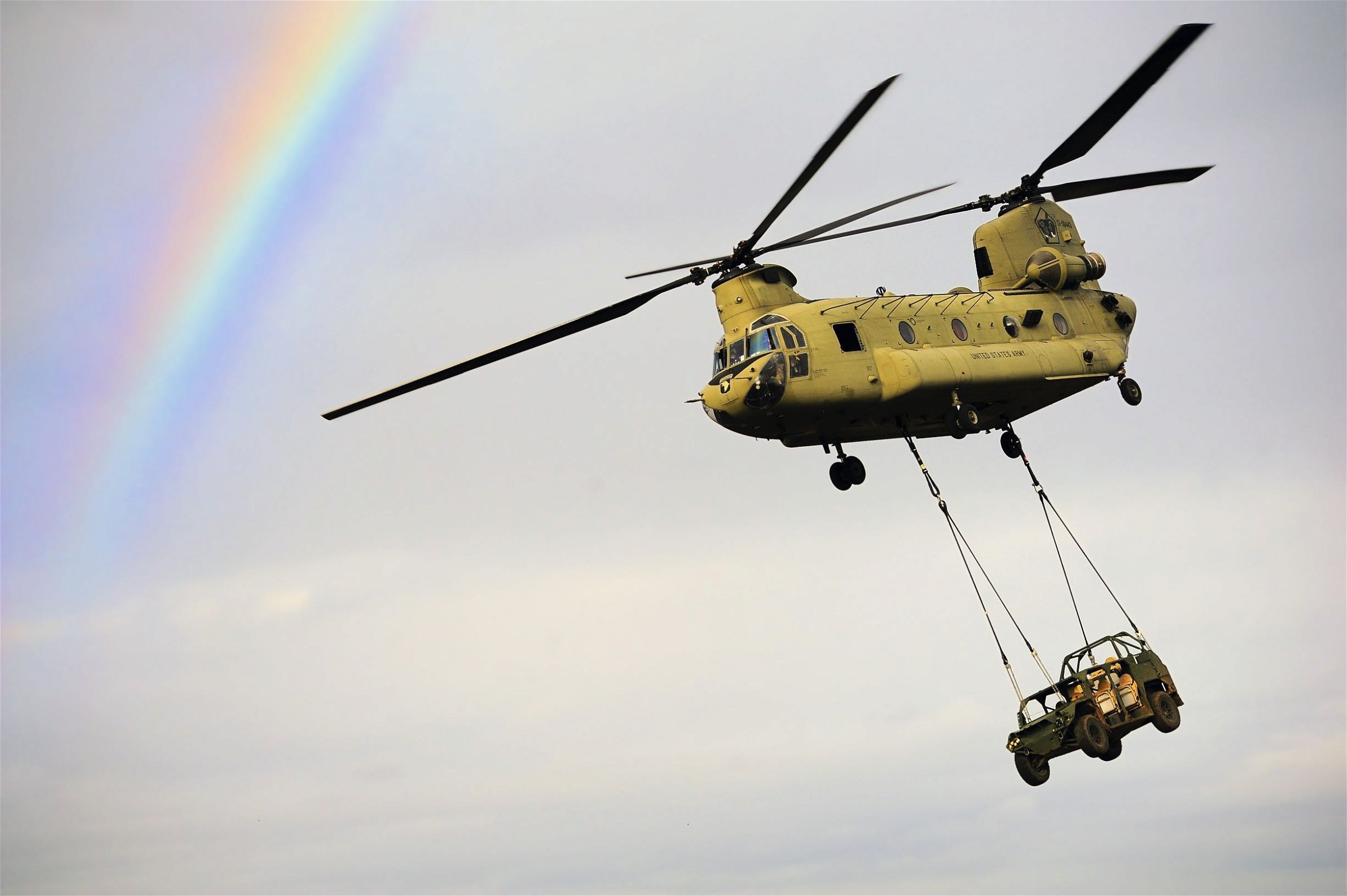
DESCRIBE YOUR EXPERIENCE MOVING FROM ACTIVE DUTY TO THE RESERVE COMPONENT.
For all of the officers, they noticed an immediate cultural and organizational contrast from the reserve component versus active duty. The level of intensity and sense of feeling like everything was on fire was significantly lower. Leaders seemed more relaxed and willing to acknowledge that the military can be a beneficial component of a healthy life, but the military is NOT your life. And there are other things–like family, mental health, or education–that are just as important or more important to you and that’s ok. For some, this was a climate and attitude that they’d never been exposed to before.
Both Air Force officers had to overcome some additional hurdles. Similar to the two Army officers, there was a lot of paperwork and a lot of bureaucracy. Unlike the other two, these officers were completely changing to a different branch of service–something a bit more complicated. They had to officially ETS from the Army and subsequently swear in to the Air Force. One did so the day following his Army ETS date, and the other had about a year of gap time, which I’ll discuss more. As an aspiring Air Force officer, if all your personal information is in the Army system, you will have to get “scrolled” to the Air Force. That means you have to wait for Army HRC (Lol, good luck and God bless) to create a conditional release and it’s submitted with your packet at the DoD level. During this you’ll need the assistance of a recruiter because they process the paperwork for you. And this is just another reason that you should start this process early–it could take weeks to hear back from HRC.
All of these officers stressed the importance of taking initiative and being personally involved in the process–because it’s not easy. If you aren’t driving this process, you won’t get much traction because no one is going to do this for you and no one cares as much about your life as you do. There are a few points in the application process that require a recruiter for technical assistance, but generally speaking, these officers preferred to remove the middle man as much as practical and deal with the unit directly.
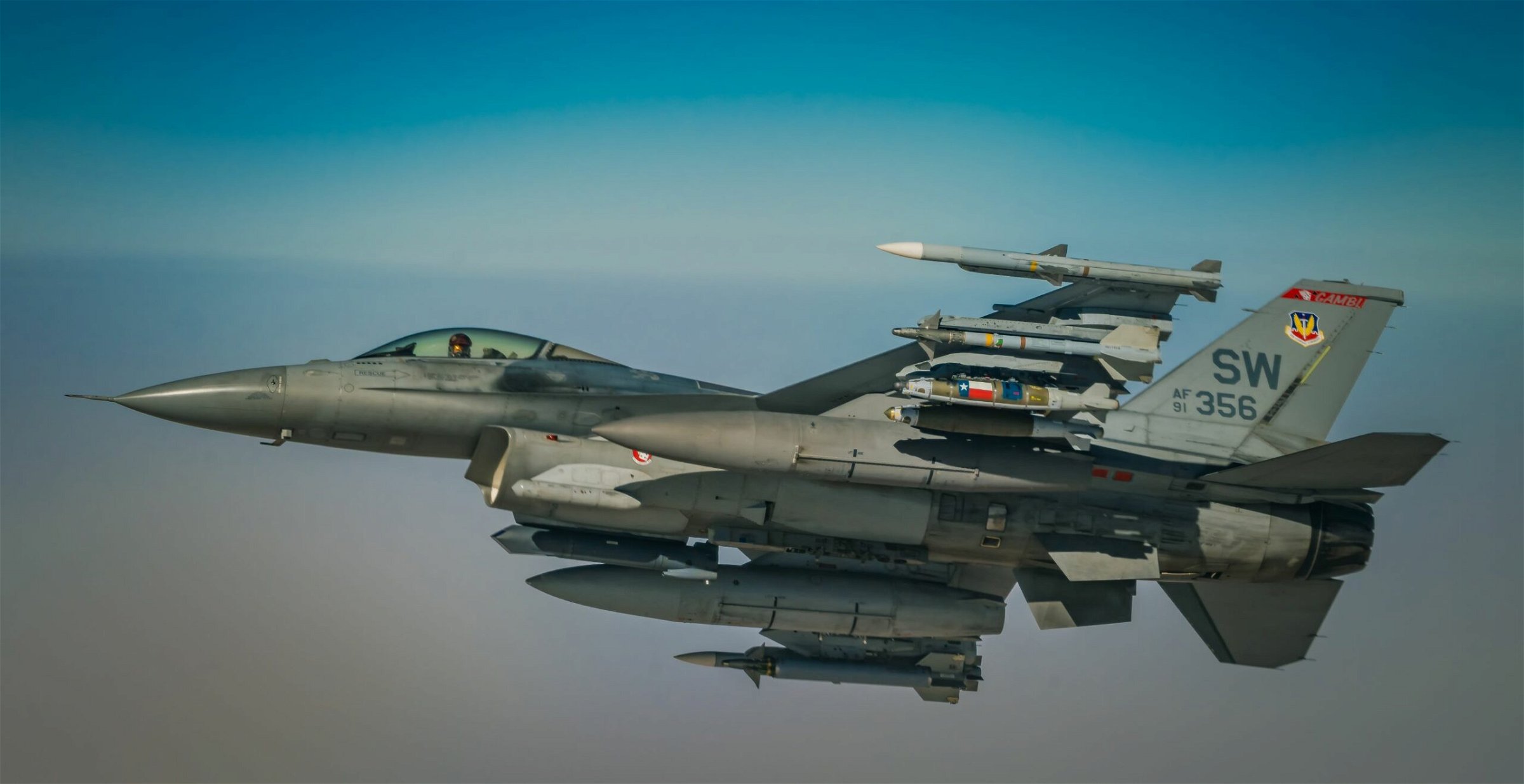
SHOULD I CONSIDER RESIGNING MY COMISSION? HOW DOES WARRANT OFFICER LIFE LOOK VERSUS OFFICER LIFE?
This is a matter of your service branch and your personal preferences. In the Air Force, warrant officers don’t exist. Officers fly, and that’s it. In the Army, that’s obviously not the case. As an Army active duty aviator, it’s generally expected that you won’t be flying much after company command. You’ll maintain the minimum requirements to remain in compliance, but beyond that, your time flying will slowly fade and be replaced by staff time and more command time. This is why some choose to resign their commission: they want to fly. They didn’t branch aviation to be an S3 or “fly a desk.” I’m still a bit unclear on what circumstances would require you to resign your commission. One officer had to because there weren’t any officer vacancies at the unit he was applying to. I’m also under the impression that you may be required to resign and become a warrant officer if you’ve been on active duty for a certain number of your years and you weren’t already an active duty aviator. If anyone can clarify this for me, please let me know so I can update this article!
From the Army reserve component perspective, the warrant officer/officer divide doesn’t appear to exist. So there’s really no reason to resign your commission and become a warrant officer. Because you’re in same unit as long as you want to be, you don’t worry about PCSing, officers are instructor pilots (IPs), officers are test pilots, and ultimately, nobody seems to care. There’s essentially no difference in the opportunities afforded to you as an officer versus a warrant officer. The only scenario where it seems to make sense for you to resign your commission is if there aren’t any officer slots available at the unit where you’re applying. So, if you’re on active duty and you want to leave, but you still want to fly, don’t default to resigning your commission before doing some research!
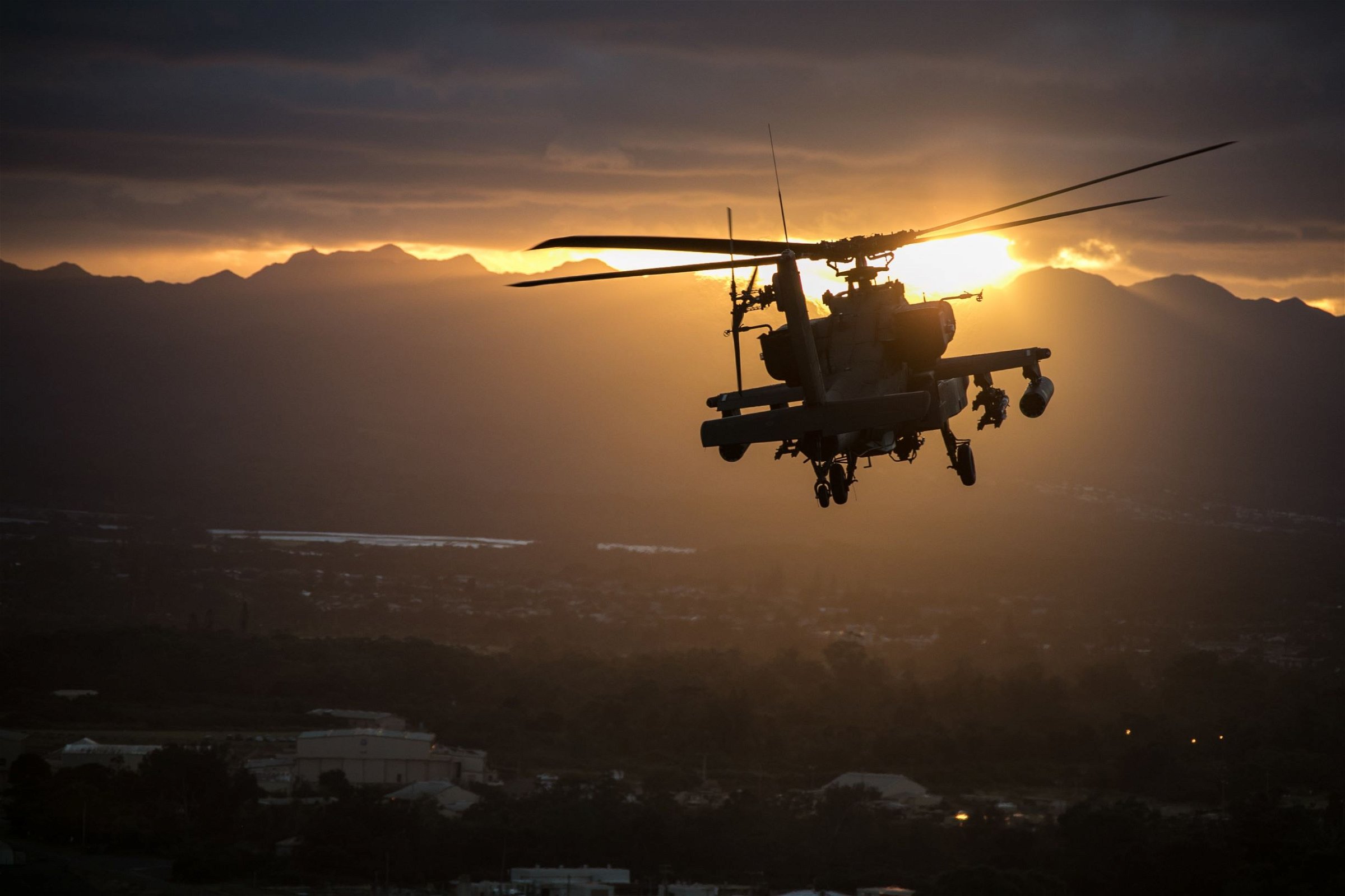
HOW LONG ARE THE ARMY FLIGHT SCHOOL AND AIR FORCE UNDERGRADUATE PILOT TRAINING COURSES?
For all of these officers, the experience is somewhere around 2 1/2 years, give or take a few months. For both Army Flight School and Air Force Undergraduate Pilot Training (UPT), you can expect some general aviation training, specialized training based on your air frame, SERE school, and some waiting around. During this time reserve component pilots are on active duty orders, receive active duty pay, and BAH–it’s essentially a PCS move. You’re on active duty and there’s not time for a job or school. Remember, your 10 year ADSO does not start until AFTER you complete this training. Yea…I know. It kinda sucks.
HOW DOES AIR FRAME SELECTION WORK?
As most of you probably already know, air frame selection on active duty is dependent upon the order of merit list (OML) and your class rank in flight school or UPT. This brings me to one of the more interesting benefits of becoming a pilot in the reserve component: since you are being sent to training to fill a specific vacancy at a specific unit, your air frame is already determined and so the added variable of competing for your class rank as if your life depends on it dissolves.
In that sense, it’s really a relief that there’s no guessing which unit you’ll go to or anxiety about which air frame you’ll be assigned. These are area already determined as a consequence of being a reservist. However, something to keep in mind is that if you fail flight school, you may be re-branched. One Army pilot had a warrant officer who was removed from flight school class, demoted to his original NCO rank, and reclassed. I don’t have any stories from reserve component pilots on how this has actually played out, but don’t fail!!!
HOW DO FLIGHT HOURS WORK?
First, let me give a brief explanation of how I understand drill weekends. In the Army Reserves and National Guard, you have your classic one weekend a month, two weeks in the summer requirement, known as your “drill weekends.” In the Air Force Reserves and Air National Guard, these are referred to as Unit Training Assemblies or UTAs. This is standard, but many of these things are also dependent on the unit and the individual. For example, for the Air Force pilot I spoke to, there’s no requirement to attend UTAs, with the exception of one or two a year. He has a number of flight hours he must complete each month, and it’s his responsibility to ensure he remains in compliance. Pilots are unique in that they have specific requirements to fly for a certain number of hours per year to maintain their status as a pilot. For both the Army and the Air Force, these additional authorized periods in which they fulfill their flight hour requirements are referred to as Additional Flight Training Periods (AFTP).
AFTPs are essentially additional paid hours of time allocated specifically to pilots to feasibly allow them to complete their required flight hours when they are able to. This is because it would be impossible for 30 pilots to come in on a drill weekend/UTA and complete all of their required flight hours during that weekend, sharing only three jets. So, pilots receive a set number of AFTPs each year that gives them the ability to complete their required flight hours outside of drill weekends and the flexibility to complete these when it works with the schedule of the pilot and the unit.
One way you may see this play out is with a unit calendar managed by one of the few active duty members in the unit. You might call or email requesting your date/time slots for the month and get on the calendar. For one of the pilots, if a conflict arises, he’s able to swap AFTPs with other pilots. Each AFTP is four hours of that pilot being physically present at work. For each AFTP you use in the Army, at least an hour and a half must be actual flying. In the Air Force, pilots just need to make it airborne. Pilots complete flight hours during the day, at night with NVGs, in a simulator, and doing a wide range of missions. Some are real world, some are purely training. Typically, units will have have active duty, reserve, and guard “customers” and will assist other units with training. For specific information on how AFTPs work with retirement and pay, check out this article from BogiDope.
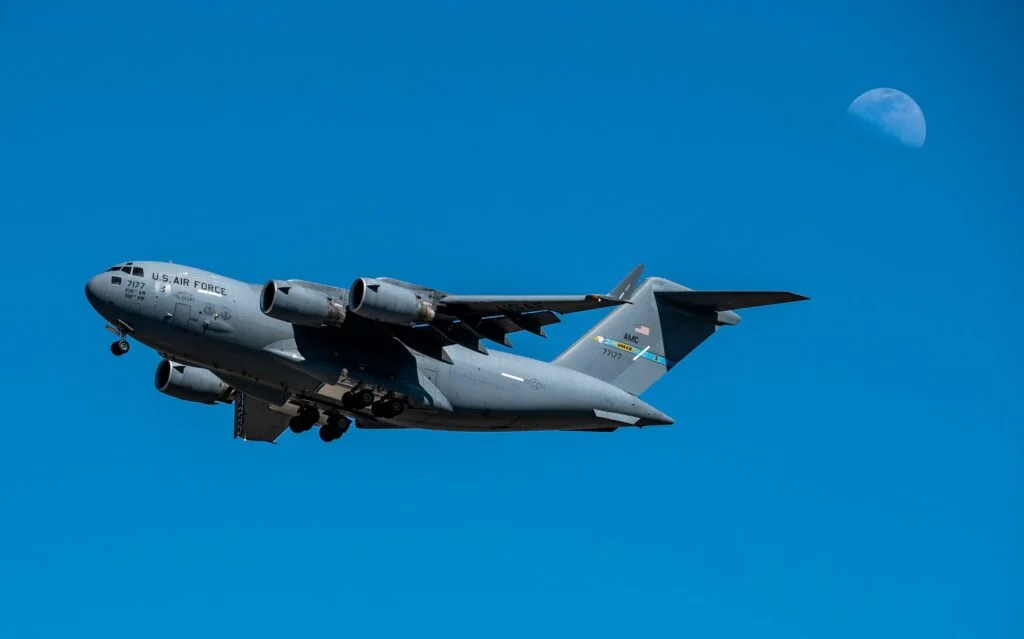
OK, LET’S TALK ABOUT THIS ADSO…
As of October 2020, the pilot ADSO changed from six years to ten years. This goes for both active duty and reserve component pilots. Both Army and Air Force. First off, TEN YEARS? Yep, I think we can all agree that this is pretty lame and unfortunately, it may ultimately deter some of you from pursuing this path. That’s why it is even more important for you to research and really determine if this is what you want. Just remember, a ten year ADSO on active duty looks a LOT different than a ten year ADSO in the reserve component, and while it’s still a significant commitment, there is still a lot of room left to live life while still contributing as a reservist. Additionally, it’s worth noting that if it’s not working out for your as a pilot (at least for the Air Force), you have the option to transfer to a different specialty within the Air Force.
From my perspective, this is the most notable disadvantage of this whole deal. But now the military is facing pilot shortages and retention issues, so naturally, the cheapest, easiest option is the winner. Increase retention by guaranteeing people won’t leave….by forcing them to stay longer. Sounds about right. So if you are planning on going down this road, you need to make sure you are certain that this is what you want. Be deliberate and intentional about this decision, because it’s going to cost you ten years. West Point’s Modern War Institute published an interesting article on the new Aviation ADSO and why it’s problematic. You can read the article here.
What this all really says is that you better know what you’re getting yourself into. Do you research, talk to pilots, maybe pursue a civilian pilot license to see how you like it, look at the work and time commitment required and think about if this fits your lifestyle. For both the Army and the Air Force, this ten year commitment begins after flight school/pilot training, so there’s also that to consider.
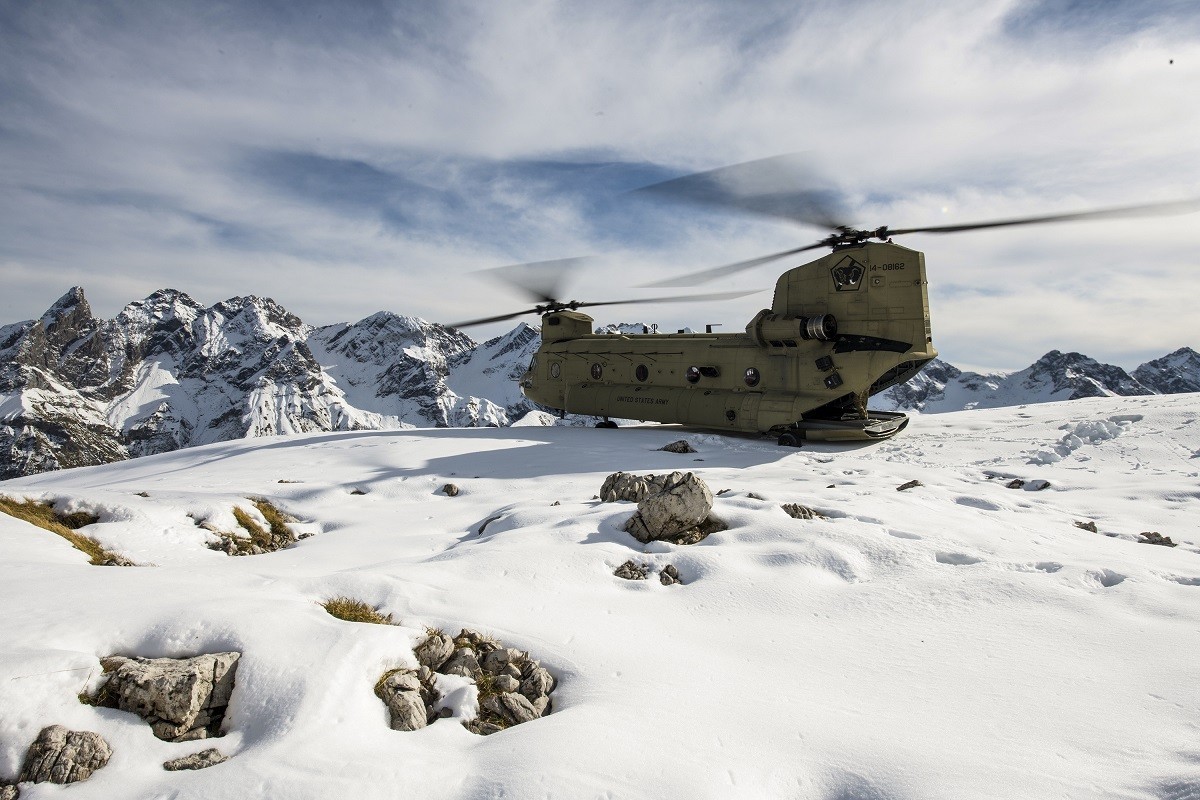
WHAT CAN PEOPLE EXPECT FROM LIFE IN THE RESERVE COMPONENT?
As I mentioned briefly before, the culture change between the reserve component versus active duty is significant. Moreover, going from the Army to the Air Force is also quite an adjustment. The quality of life improvements these four officers experienced have all had a very positive impact on their family, health, and overall life.
One officer described his apprehension entering a supervisor’s office to ask for permission to skip a drill weekend and make it up at a later time because of a school conflict. Instead of needing a dissertation to justify his reasons for needing to miss the drill weekend, he simply asked the question and his boss surprisingly and quickly approved his request without question. It was a casual interaction, unexpectedly non-confrontational or awkward, and there was no interrogation or passive-aggressive jab or “foot stomp” directed towards him. Of course, this path is still incredibly busy, and there are times when sacrifices will have to be made. Just like with anything else. But the impression I got from these four officers was that when compared to active duty life, the reserve component provides a much more conducive environment to creating, maintaining, and refining your optimal life balance. The responsibility is just more on your shoulders–which has its advantages and disadvantages.
Another officer provided his perspective on the contrast between the active duty Army and the Air Force reserves. He said that in the reserves, he’d been able to attend nearly every significant family event that he wanted to. Anniversaries, birthdays, weddings–almost all of them. In contrast, while on active duty, he had missed nearly every one. Something to think about…

CAN YOU TELL ME MORE ABOUT THE WORK/LIFE BALANCE?
One officer is working full-time, pursuing an MBA, and a pilot in the Army National Guard. Another is working full-time as a civilian airline pilot, volunteering, and is a pilot in the Air Force Reserves. As a pilot in the reserve component, there is time for you to explore pursuits outside of the military. Whether that’s a creative hobby, spending more time with family, reading, volunteering, or higher education–you can do it. And you can do it in a way that is practical and healthy for your life. Huh! Imagine that! I’m not saying that it will be easy, but the possibility and opportunity exists, in contrast to active duty, where in many cases you simply don’t have enough control over your time and life to even entertain these ideas.
HAVE YOU RAN INTO ANY ISSUES WITH YOUR CIVILIAN EMPLOYER AND THE INCREASED TIME COMMITTMENT OF BEING A PILOT?
While in flight school or UPT, there’s not time for another job. You’re essentially on active duty. But after you get to your unit, that’s when you can begin working. For the officer who’s an airline pilot, he’s found an incredible niche. As an airline pilot, where you are valued for your intellectual capabilities in a technical sense, there’s a unique dynamic. It’s intellectually challenging without the commitment. You aren’t managing projects. You aren’t working on long-term assignments. You probably aren’t in a position where you’re managing people. You show up, do your job, and go home. There’s no sense of dread or overarching guilt for taking time off because you’re holding up progress on a project. Furthermore, there’s no feeling that you need to rush back because you’re the only one who has some critical experience or knowledge that is holding up the team’s progress. You aren’t thinking about work when you’re off…because there’s really nothing to think about!
Another point to consider is that during flight school/UPT, you are being PAID to cultivate a skillset that you can then use to secure a job. And in this case, the reserve pilot job is complementary to your civilian job. In your civilian profession, you are practicing, retaining, and refining skills that you use in your reserve job. And the opposite is true. Airlines have historically loved to hire military pilots because of the training and experience: military pilots are exposed to a wider breadth of training and a diverse set of operations. One officer’s assessment is that the reason he was able to get a civilian airline job was because of his military training. The cool thing about a reserve component pilot job is that you really have the ability to treat the experience as an experiment to determine if it was enjoyable enough to pursue as a full-time job with a civilian airline.
Finally, when it comes to other civilian companies, two of the pilots have had positive experiences with their employers. One pilot’s recommendation is to look into a civilian company’s culture beforehand as much as possible. His company is very accommodating and understanding. They provide military leave days so he doesn’t have to use his actual leave. Additionally, there was a bit of an unusual situation that his company handled very well. A reservist co-worker had a nine month deployment to Uzbekistan. And instead of doing what one might expect corporate America to do (aka kick him to the curb), the company allowed to him keep his job, and they let him take the difference in pay so he had no drop in income. Pretty amazing! So it’s definitely possible to find civilian employment that allows you to thrive in your military career as well, you just have to find it. One pilot recommended to research veteran-friendly employers like GE, JP Morgan, Bank of America, USAA, Amazon, or Cisco. Finally, you should research and be familiar with the Uniformed Services Employment and Reemployment Rights Act (USERRA), which prohibits all employers from discriminating against any veteran, reservist, or National Guard member because of his or her past, present, or future military obligation.
ANY WORDS OF CAUTION FOR PEOPLE INTERESTED IN THIS?
All of the officers encouraged people to pursue this option if they’re truly interested in it. It’s been fun and rewarding, and a way to still contribute and serve in a way that’s healthier for the pilot and his or her family. Just remember, this process involves a lot of work, and it’s easy to become discouraged. Just know that there are so many resources out there provided by people who have gone before you. Seek out those resources and seek out those mentors that can assist you through the process.
Two of the four pilots also had their private pilot license. Both of them pursued this while they were still on active duty in the Army. This was a great way for them to determine if they loved flying enough to look into reserve component jobs. So, if you are sure you want to fly but you aren’t 100% passionate about the Army, then in the meantime, go get a private pilot’s license. Of note, this could cost you around $7,000-$15,000, and there’s not a straightforward way to pay for it with the GI Bill. But… $15,000 is still less expensive than ten years of your life.
If you are on the older side, or if you have anything that could cause problems on your flight physical, really think about whether this path is right for you. With rotary wing aircraft, you WILL have back and knee problems. If you already have back or knee issues or have other health concerns, weigh the costs and talk to pilots who fly the specific air frame you’re interested in. If you already have an established career, weigh becoming a pilot against your health and well-being. It may not be worth it.

RESOURCES
- “BogiDope was created after struggling to find a consolidated source of reliable information while navigating our own aviation careers in the active duty, Air National Guard (ANG), Air Force Reserve Command (AFRC), and airlines.” It looks like an awesome site and resource. The first place I’d hit is the “Articles” section at the top of the page menu. The creators (who are pilots from all different components with different types and levels of experience) of the site have obviously put a lot of time and effort into organizing information for people interested in becoming pilots.
- Frequency Change Approved is a Facebook Group created by two West Point grad Army dudes who are now pilots in the Air Force. It’s another resource you can use to find pilots, network, and ask questions.
- The Pilot Network is a Facebook Group whose purpose is “to expand our pilot network and help us all in future endeavors; to “pay it forward’ as it were. With the aviation career field comes the unknown, and a good network is often the difference between unrivaled success or reflecting with a ‘if only I had done…’ statement. Some of us have hit the sweet spot of our career and others are on their way. The Pilot Network gives us the chance meet new folks in the industry, reconnect to old aviation colleagues, seek out new avenues within this great career, or just give a helping hand to those coming up in this vocation. Whether you are seasoned veteran with 15,000+ hours, a newbie starting out, or somewhere in the middle, the right network can help you fine tune your personal and professional Pilot life.”
I’m deliberately not linking any of the pay, retirement, exam study guides, or other random information I found online because I’m not a pilot, it could be outdated, or it might be straight up wrong. I’d rather you go to the resources above and find some current pilots who can point you in the right direction.
I hope all of this gives you a better idea of what becoming a pilot could look like for you. There were a lot of details I simply didn’t cover because this article would be even longer than it already is. If this piqued your interest, go do your own investigation. Thanks for reading!
REFERENCES
[1] https://api.army.mil/e2/c/images/2021/02/12/ccdd7acc/original.jpg
[2] https://api.army.mil/e2/c/images/2021/02/08/e4d4cbf5/original.jpg
[3] https://api.army.mil/e2/c/images/2020/11/30/fefdc086/original.jpg
[4] https://api.army.mil/e2/c/images/2020/12/18/63df63d8/original.jpg
[5] https://api.army.mil/e2/c/images/2021/01/20/153dc153/original.jpg
[6] https://www.af.mil/News/Photos/igphoto/2002617617/
[7] https://www.af.mil/News/Photos/igphoto/2002617613/
[8] https://www.af.mil/News/Photos/igphoto/2002609043/
[9] https://www.af.mil/News/Photos/igphoto/2002602422/
